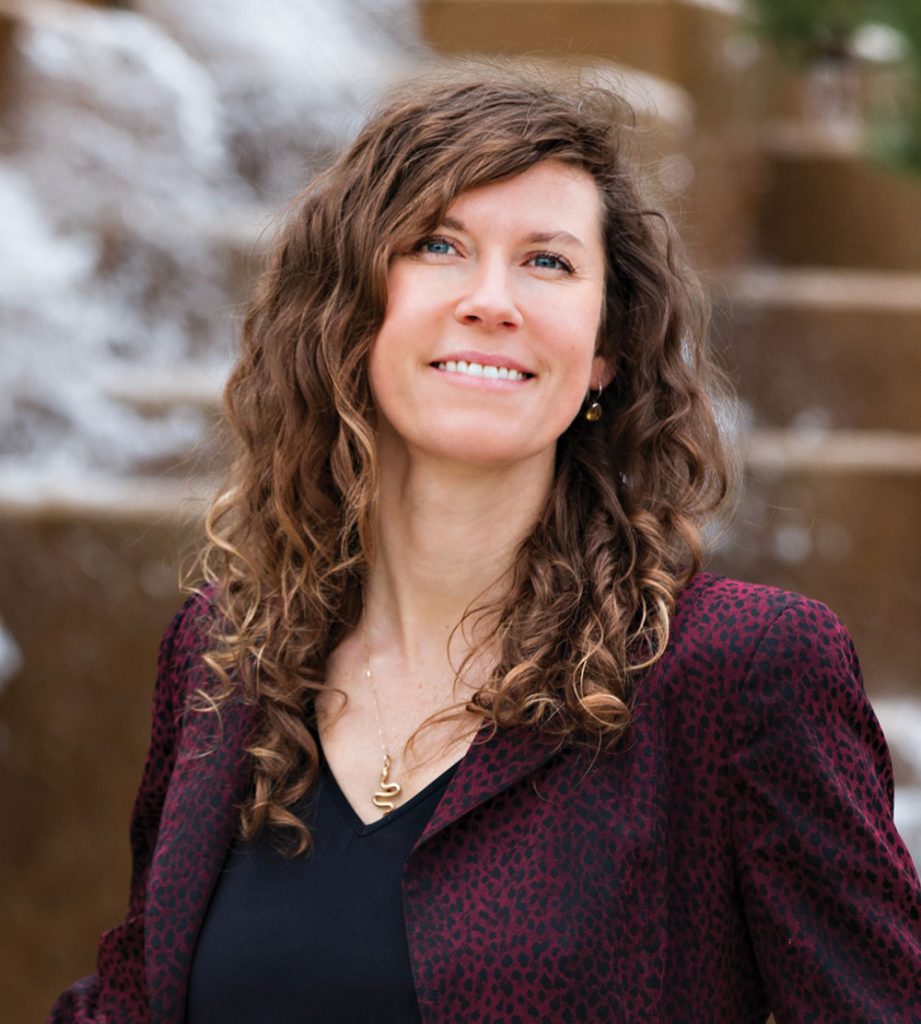It’s too soon to use COVID-19 antibody testing to issue “immunity passports,” antibody tests that are available today. But they are good enough to inform public health decisions about relaxing social distancing interventions, says an international group of infectious disease and public health experts in Science Immunology today.
“We don’t need to wait for the perfect test to monitor populations,” says University of Utah Health infectious disease physician-researcher Daniel Leung. “We can use what we have if we go in with our eyes open.” Leung is the corresponding author on the editorial together with specialists from seven different countries and leading public health institutions in the U.S., including Johns Hopkins Bloomberg School of Public Health, Harvard School of Public Health, University of California, San Francisco and Pennsylvania State University.
Today’s tests are ready for populations, not people
Some have suggested that detecting antibodies to SARS-CoV-2—the coronavirus that causes COVID-19—become the basis of “immunity passports” that enable people to return to work, school, or travel. Yet facts indicate that it is premature to take that step. Scientists have yet to determine whether the antibodies or perhaps a threshold level of antibodies, protect a person from being re-infected. In addition, there are multiple antibody tests, none with the levels of specificity needed to declare someone immune.
In short, we are far from being at a place where a positive antibody test guarantees that a person cannot get COVID-19 nor spread it to someone else, say Leung and colleagues. And the stakes are too high to risk getting it wrong.
Regardless, these same tests are good enough to monitor the spread of COVID-19 in populations. “There is no need to throw out the baby with the bathwater,” Leung says. “We can use serological testing at the population level to get valuable information about transmission and the impact of interventions—and we don’t need a perfect serology test to do it.”
Understanding trends such as where outbreaks are occurring and which regions are quiet, along with the characteristics of who is getting ill and who is protected, can provide information to guide policy. Is a specific state or county ready to ease restrictions? Are students safe to go back to school? Do certain populations need extra protection?
Fine-tuning existing tests to meet different needs
One reason many of today’s tests can work for public-level decisions is that they do not just provide black and white answers. Instead, their parameters can be adjusted to fit different needs. One of these characteristics is specificity—how well a test detects antibodies to SARS-CoV-2 and not to antibodies against other coronaviruses. The other is sensitivity—the minimum level of antibodies someone must have in their blood in order to test positive.
In general, there is a tradeoff between the two. Adjusting a test to prioritize sensitivity makes it not as specific, and making a test more specific makes it less sensitive. But, according to the editorial, it’s OK to sacrifice one for the other in order to answer certain questions.
Take the situation in a rural countryside where relatively few people per capita have had COVID-19. In that setting, a test with high sensitivity and low specificity would not be optimal. These characteristics could easily result in the same number of people testing positive who never had COVID-19 as the number of people who really are positive. In this situation, the results would be practically meaningless.
However, the same test can be used if it is tuned for that situation. This can be done by designating a higher cutoff and saying that a test does not count as positive unless it has a stronger signal. Doing so lowers the false positive rate by increasing specificity. In this scenario, positive tests are more likely to be truly positive—and that data can be safely used to monitor that population.
On the other hand, an urban setting where higher proportions of the population have been infected would do better with a test prioritized for higher sensitivity. That would provide a better snapshot of the spread of COVID-19 by capturing a greater segment of the population.
“While we should certainly collect these data, we need to make sure the right studies are put in place so we can meaningfully interpret these data for individuals and for populations,” says Andrew Azman, assistant scientist at Johns Hopkins Bloomberg School of Public Health.
Additional studies will only make the results of antibody testing more informative. The editorial stipulates that we still need to understand whether antibodies remain in the body for months or years, what levels of antibodies provide immunity, and how responses might differ in people who had various severities of infection or who have other medical conditions.
Equally as important as leveraging the technologies at hand, the authors say, is building an infrastructure that allows states and countries to share protocols, standardize methods, share results, and coordinate activities. This would not only improve the response to the current pandemic but could build a foundation for monitoring other infectious diseases, including influenza, cholera, malaria, and future pandemics.
The knowledge gained now may help re-frame the future, they say. “The current crisis presents an opportunity to rethink how health systems generate and use surveillance data and how to harness the power of serological tests and seroepidemiology.”
Find original post here.
In addition to Leung, co-authors are Juliet Bryant, Andrew Azman, Matthew Ferrari, Benjamin Arnold, Maciej Boni, Yap Boum, Kyla Hayford, Francisco Luquero, Michael Mina, Isabel Rodriguez-Barraquer, Joseph Wu, Djibril Wade and Guy Vernet. In addition to the institutions mentioned, collaborators come from Fondation Mérieux, Médecins Sans Frontières, Epicentre in Yaounde and Paris, University of Hong Kong, IRESSEF, Dakar and Institut Pasteur de Bangui.
The editorial was published as “Serology for SARS-CoV-2: apprehensions, opportunities, and the path forward.”



